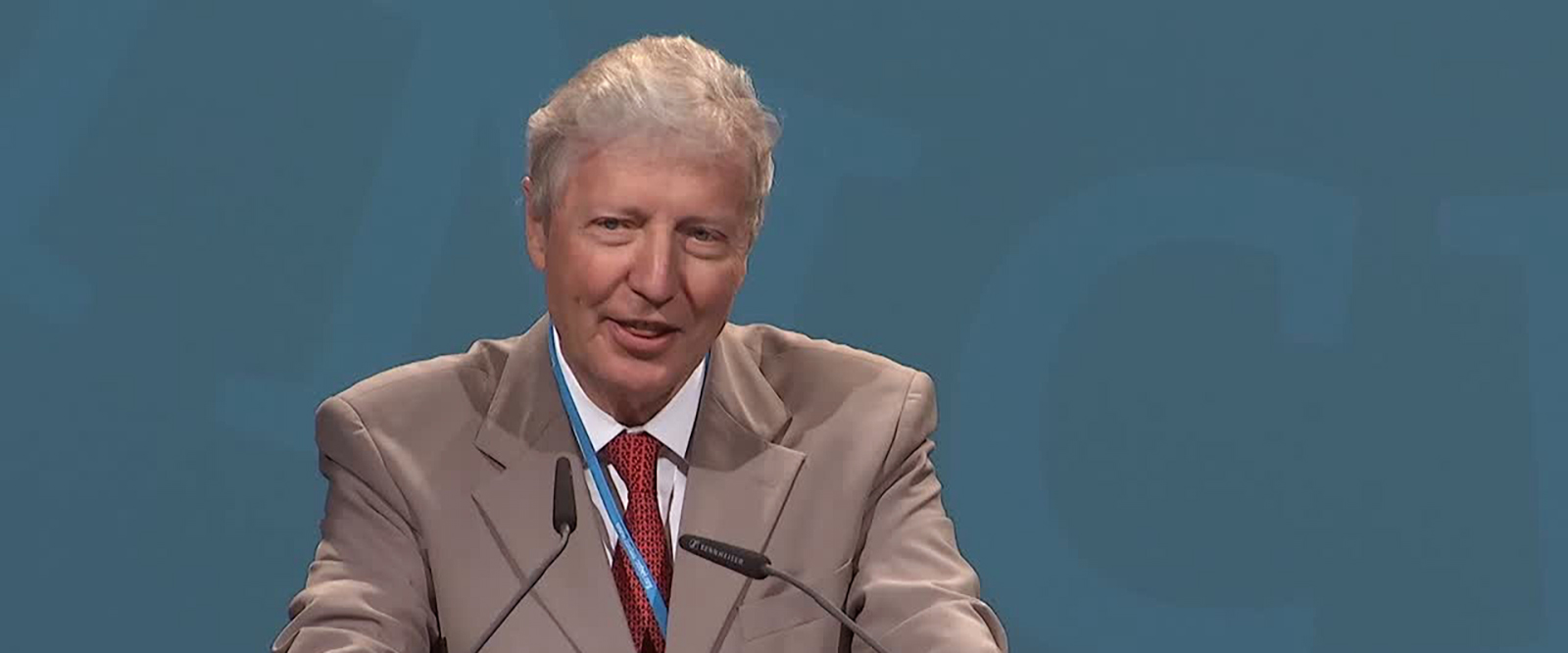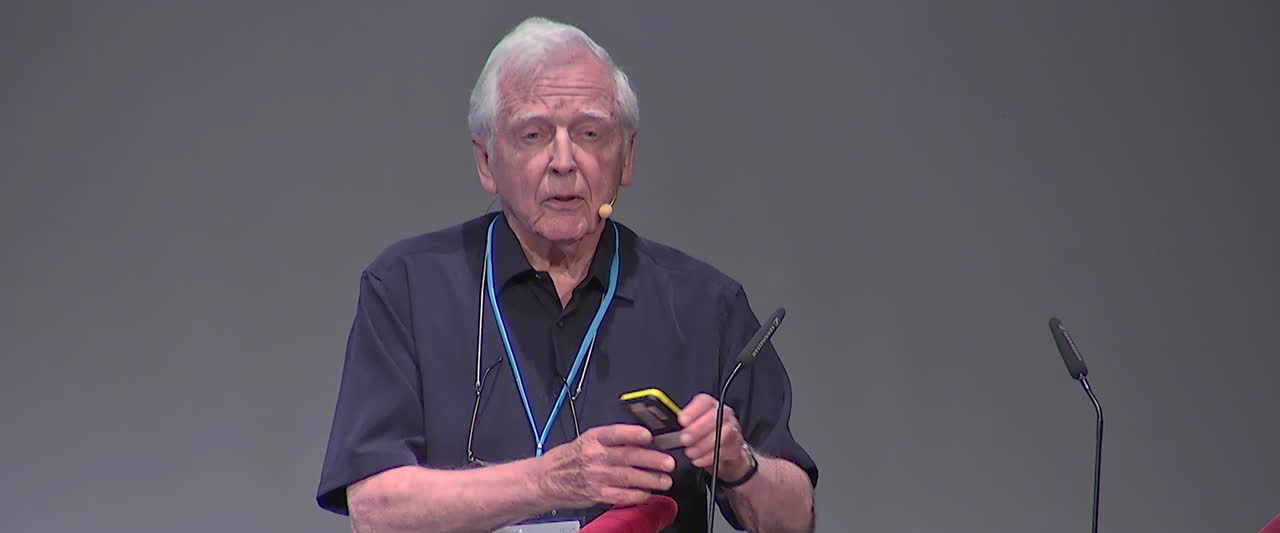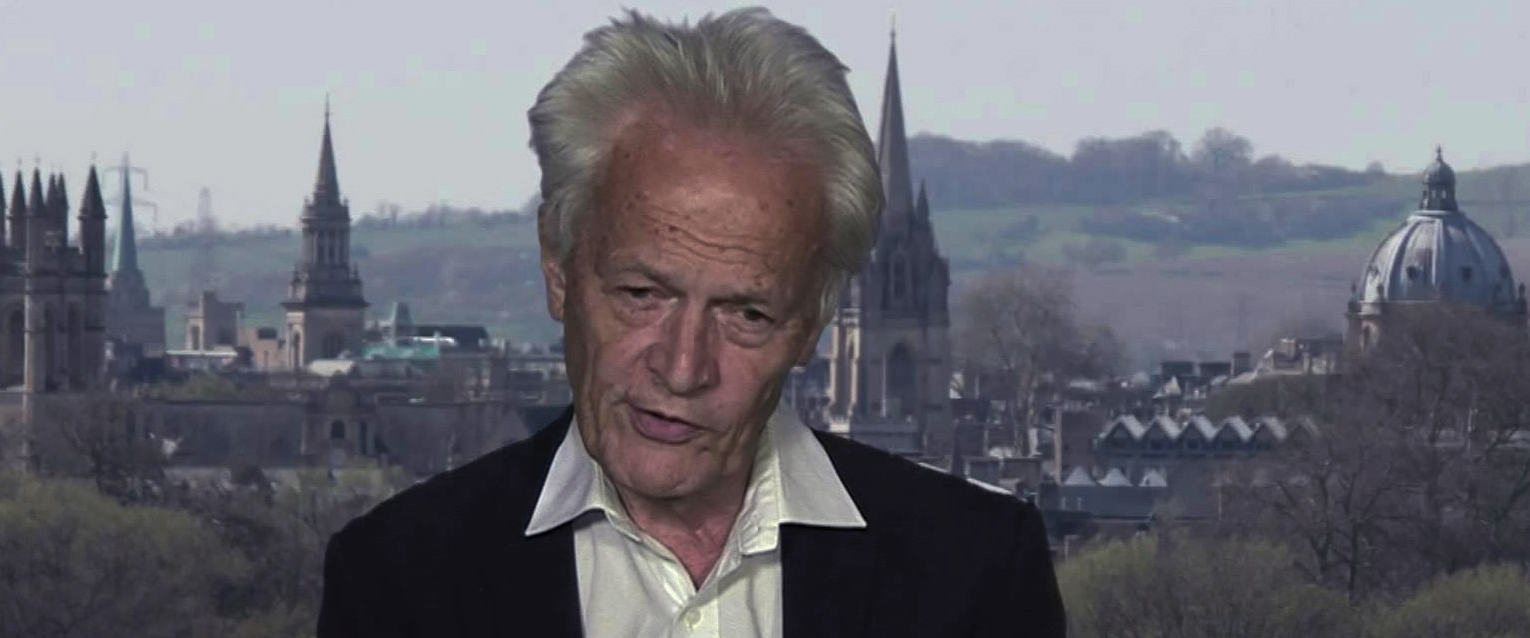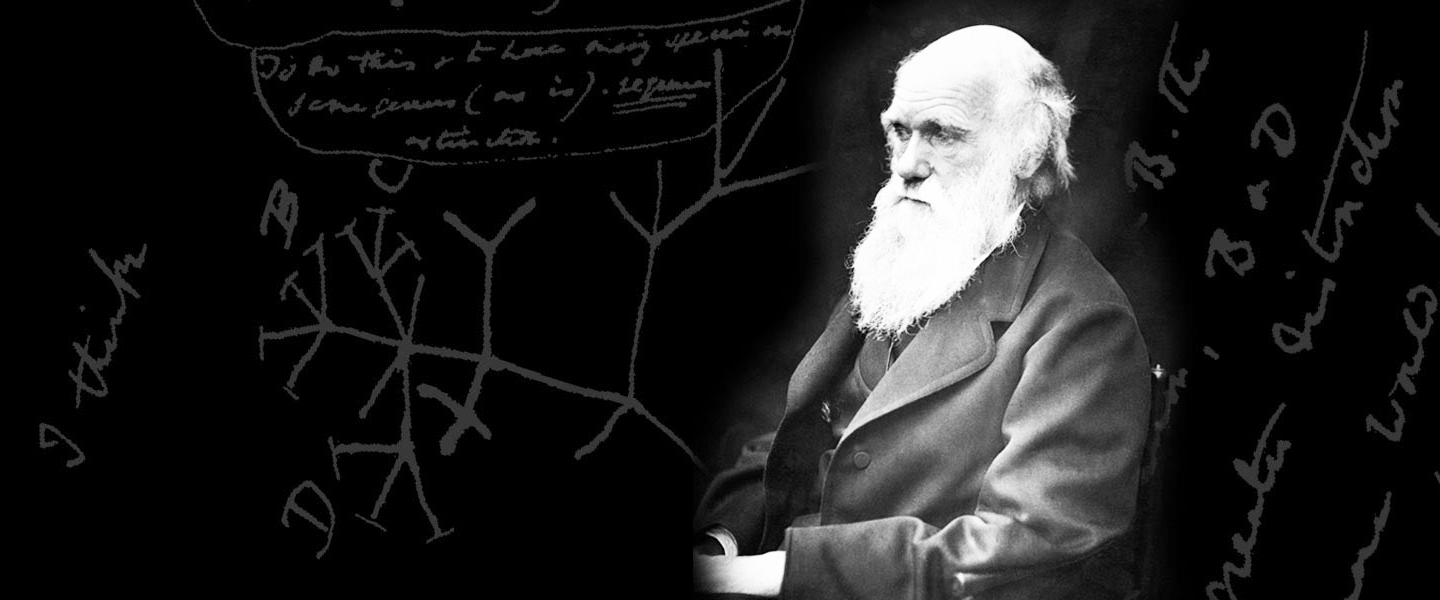16th December 2016.
Carmelo Sgarlata, University of Pavia and Collegio A Volta.
Abstract
The seminar will tackle the use of blood gas analysis in medicine focusing both on its practical execution that on its clinical interpretation. Blood gas analysis is a low cost, little invasive and rapidly performed technique which provides an immediate and useful response to those who are able to interpret its results. The test provides very useful information regarding both respiratory and metabolic pathology. The partial pressure of carbon dioxide, bicarbonate concentrations, and pH values indicates the presence or absence of primary or mixed respiratory and metabolic acidoses or alkaloses. The partial pressure of oxygen will reveal abnormalities in the oxygen content of blood and the presence or absence of hypoxemia. In addition to that the test provides precious additional data very useful as the Hb and plasma electrolyte values. I will discuss the practical execution of this test and its clinical interpretation with practical examples in the most common real clinical settings. All interested students from College and outside, are welcome to attend.
Abstract (Italian):
Il seminario affronterà l’utilizzo dell’analisi dei gas ematici in medicina focalizzandosi sia sull’esecuzione pratica di tale esame che sulla sua interpretazione. L’emogas analisi è una tecnica poco costosa, scarsamente invasiva ed eseguita rapidamente in grado di fornire una risposta utile ed immediata a tutti coloro che sono in grado di interpretarne i risultati. L’esame fornisce informazioni molto utili riguarda sia le patologie respiratoria che metaboliche. La pressione parziale della CO2, la concentrazione die bicarbonati, i valori del pH sono dati in grado di indicare la presenza o l’assenza di acidosi o alcalosi respiratorie e metaboliche sia isolate che in forme miste. La pressione parziale di ossigeno può rivelare anormalità del contenuto di ossigeno del sangue e definire la presenza o assenza di uno stato di ipossiemia. In aggiunta a ciò l’esame fornisce preziose informazioni aggiuntive come i valori di emoglobina e degli elettroliti plasmatici. Discuterò l’esecuzione pratica di questo esame a la sua interpretazione clinica con esempi pratici nei contesti clinici di più frequente riscontro.
The slides of the seminar can be found here.
References
Dev SP et al. Arterial puncture for blood gas analysis. N Engl J Med 364(5):e7 (2011)
Biographical sketch
I’m a medical doctor and my work is actually focused on diagnosis and treatment of diseases in the area of internal medicine and geriatrics with particular regard to cardiovascular and neurodegenerative disease. I’ve also a great interest in the use of diagnostic ultrasound in internal medicine. I studied Medicine at Volta as an undergraduate graduating in July 2012 then I remained in residence afterward as a resident in Geriatrics. I’ve been secretary of the Volta Medical Society throughout the academic year 2013/14. I’m author of about 60 scientific publications on national and international journals and speaker at various conferences of national importance.
Image: Immunolfuorescence of a kidney cell line (MDCK). Courtesy of https://micro.magnet.fsu.edu/primer/techniques/fluorescence/gallery/cells/mdck/mdckcells.html












